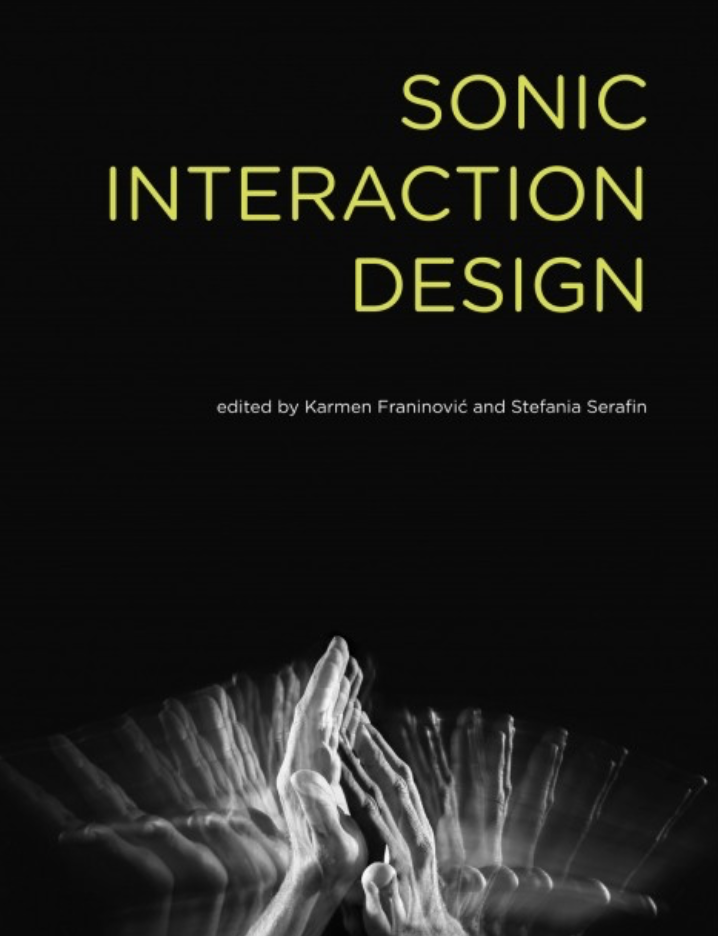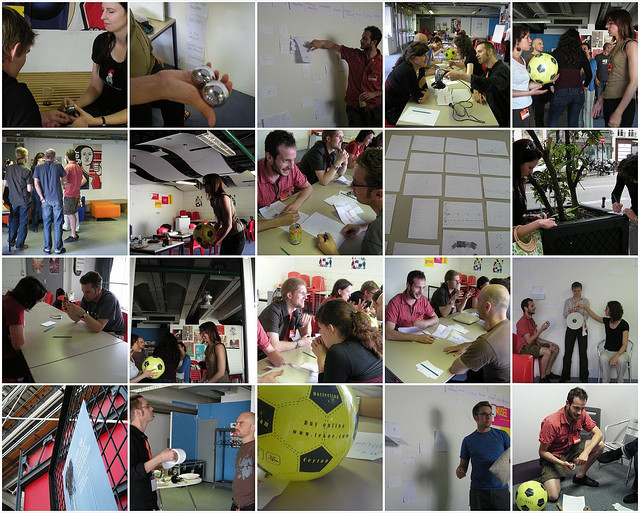Sonic Interaction Design
Sonic Interaction Design is fostered by a number of parallel developments that have increased relevance of sound in interactive products today. The ubiquitous nature of computing and communication resources has led to the progressive spread of interactive everyday products. The increased sensing, computing and actuating capabilities of these artifacts allow us to actively control their auditory appearances, to capture complex bodily gestures and to respond to them continuously in ways that have not been previously practical. The development of techniques for the interactive synthesis of sound has provided new ways of seamlessly integrating sound into physical activities. These advances are progressively generating products capable of exploiting a tight coupling between sound and gesture in interaction. Already familiar examples include wireless game controllers such as the Nintendo Wii, and running gear such as the Nike+ system.
Sonic Interaction Design is an interdisciplinary area of research and practice that explores ways in which sound can be used to convey information, meaning, and aesthetic and emotional qualities in interactive contexts. At the ZHdK, we are investigating new functional and aesthetic roles that interactive sound may play in the everyday experiences with artifacts, services, or environments. This area of research raises a number of questions that have been at the heart of discourses in sound-concerned communities for decades: The link between sound and location, the ability of a sounding artifact to communicate information, issues of privacy, problems of sonic pollution and others. Other topics of research concern the identification of new roles that interactive technology can play in allowing us to extract meaning from and sonically respond to activities, the people performing them and their levels of skill and manners of action.
Project Lead: Karmen Franinovic
Funding: The European Science Foundation and Institute for Cultural Studies in the Arts (ZHdK)
Partners: MIT Press 2007-2013

